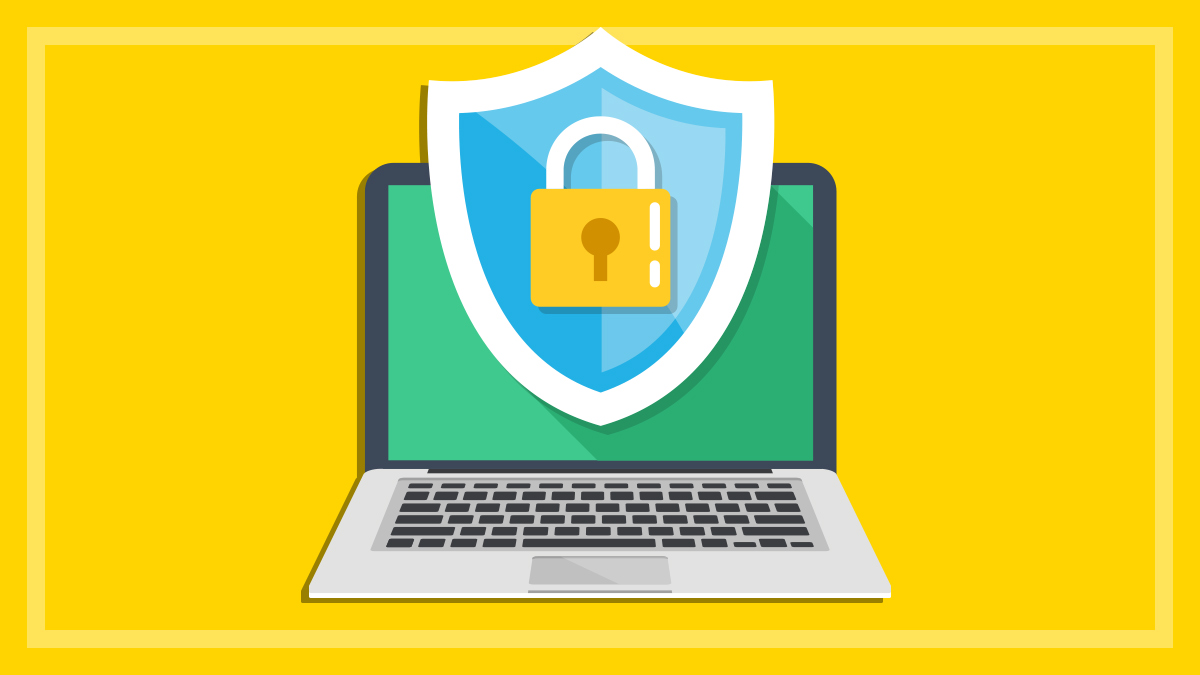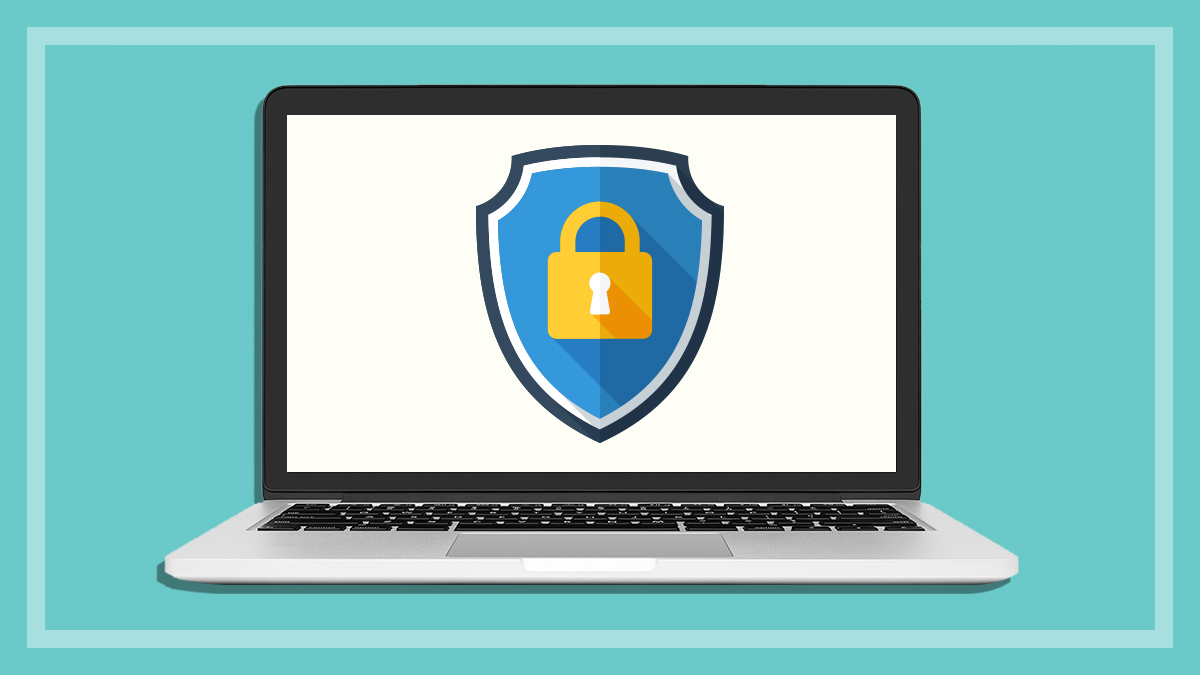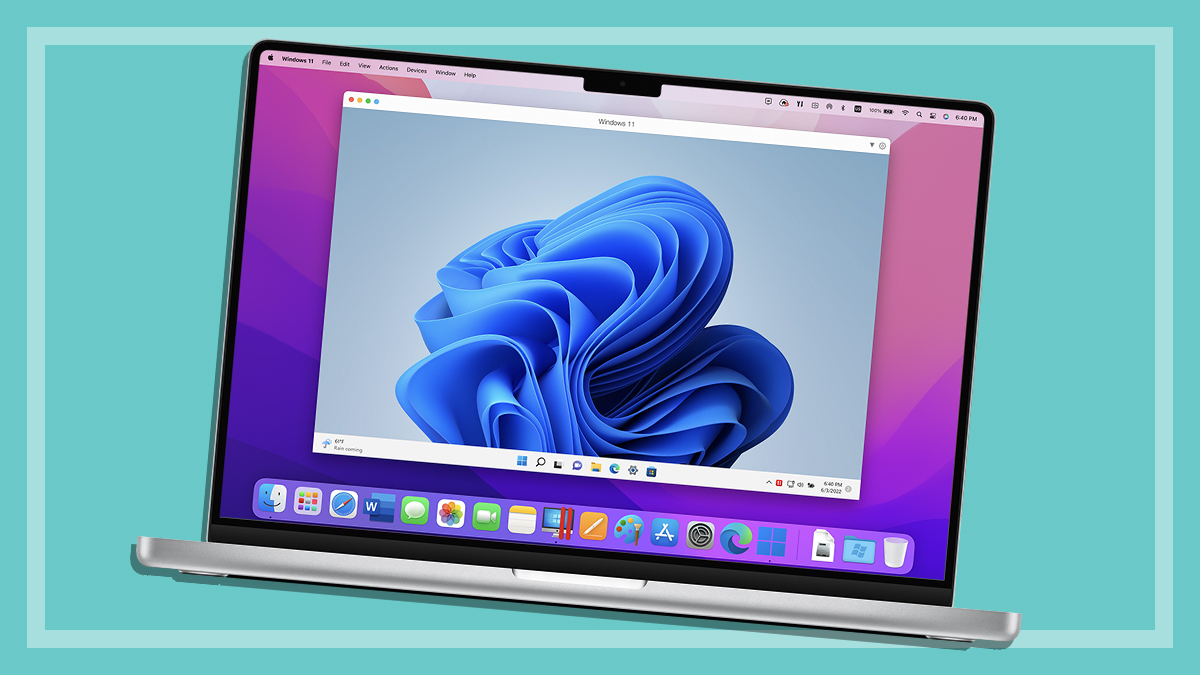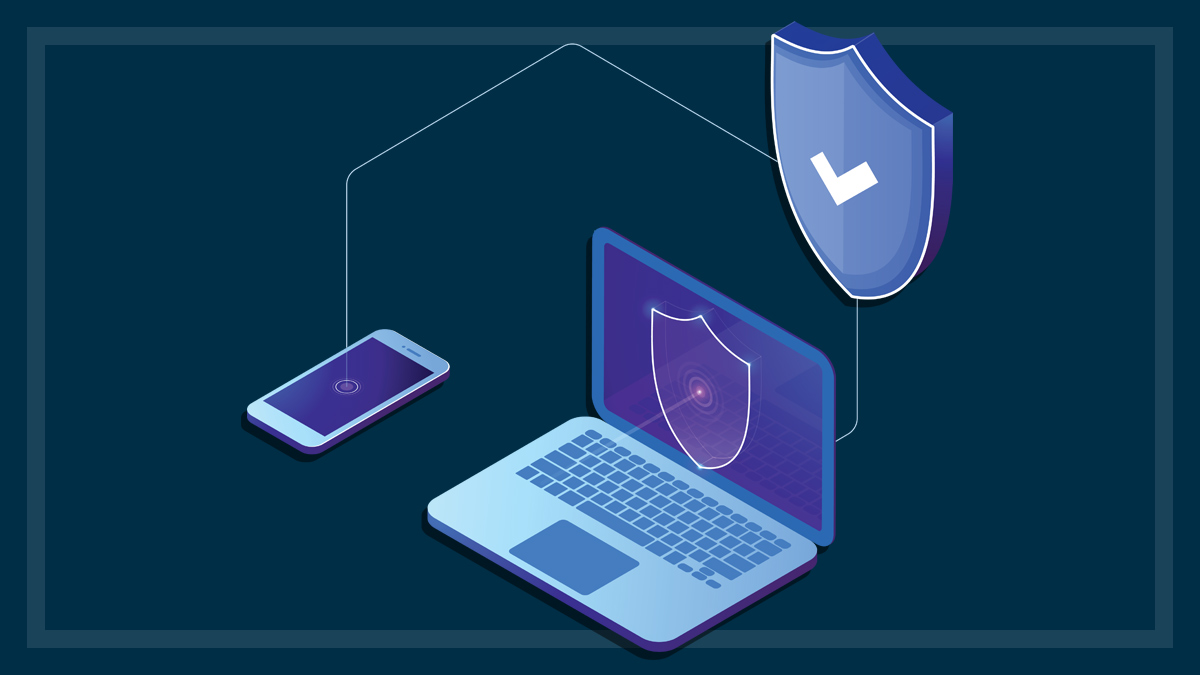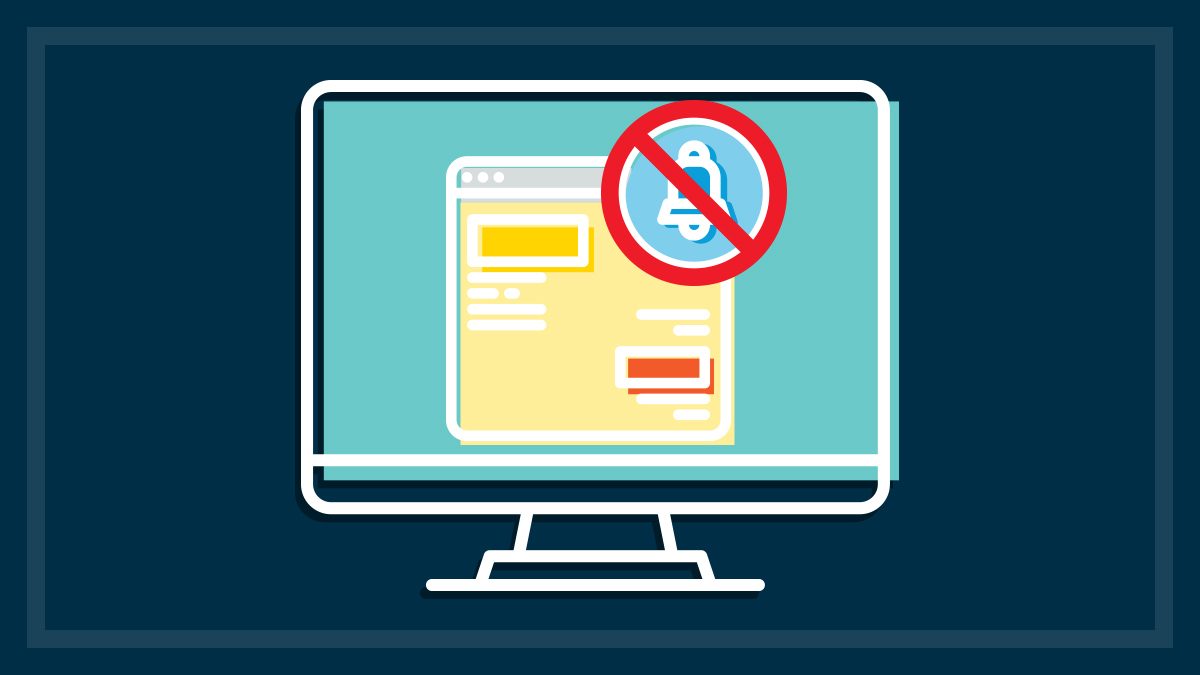Get our independent lab tests, expert reviews and honest advice.
Windows 10 tips and tricks
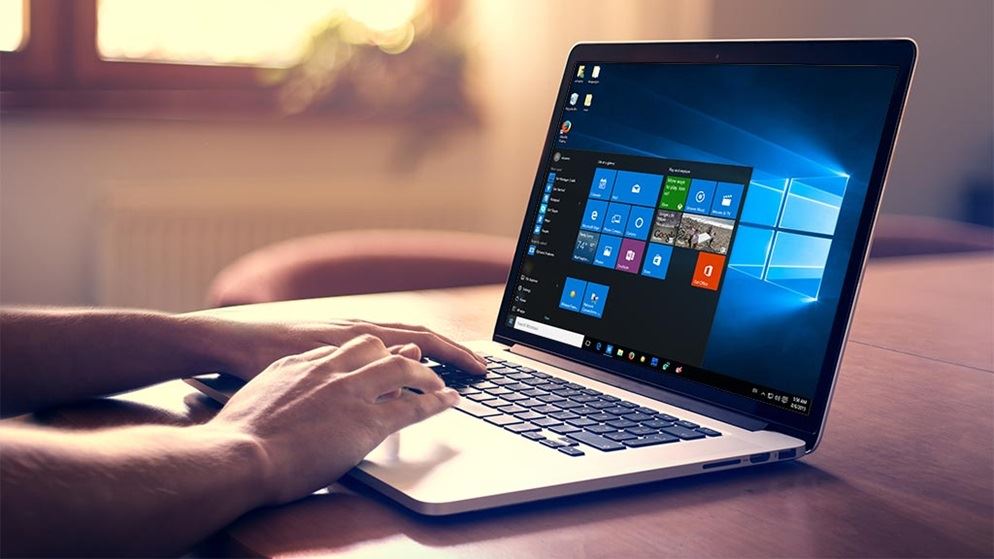
Need to know
- You can use hidden Windows features to make life easier
- Regular updates can be hard to keep up with
- Improve your computer’s speed, use Android apps and more
It’s probably no surprise that an operating system (OS) as vast and multipurpose as Windows 10 has features you don’t use and haven’t heard of. But its need for broad appeal also means a lot of them are niche, at best. On top of that, Microsoft releases a major Windows 10 update every six months.
With all these features and regular changes, how is the regular person supposed to find something useful amid the noise? Let’s take a look at what changed in 2020 and cover some of Windows’ more versatile virtues.
Windows 10 updates from 2020
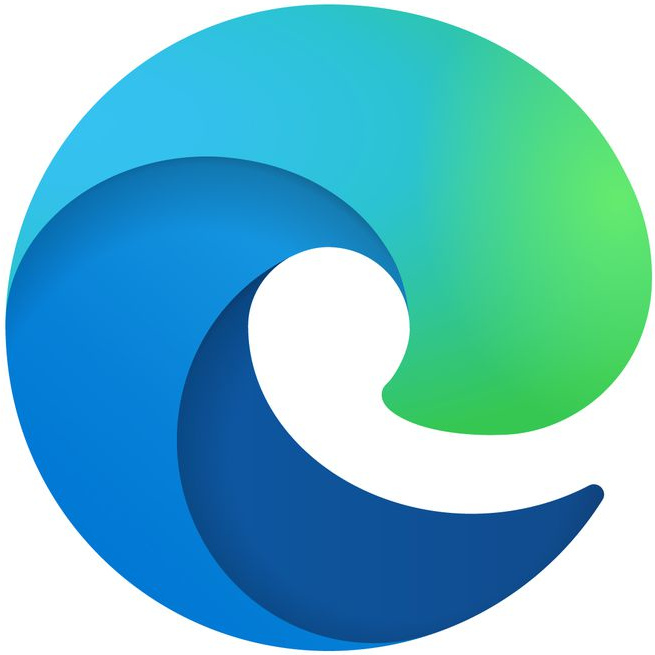
Microsoft Edge
Microsoft’s old Edge browser is out and the new one is in. The new browser – also called Edge, but built on Google’s Chromium architecture – looks almost identical to its predecessor at a glance, but will be easier for developers because almost every other major browser is also Chromium-based. The only exception is Mozilla’s Firefox.
Look for the new logo to see if yours has updated, and if you’re still using Internet Explorer, it’s time to move on. That browser was discontinued years ago and is no longer protected from cyber attacks.
The new Edge brings with it a Collections feature that lets you save information from various websites in one location then export it to Pinterest, Excel, OneNote or Word.
Exporting the information automatically pre-fills product names, brands, prices and links. It’s not perfect, often missing some information, but filling in the gaps yourself is still faster than starting from scratch.
Virtual desktops
Virtual desktops now save between restarts. Previously, your virtual desktops would disappear whenever you rebooted your PC, as would any app-specific settings. You can also now rename them from their default “Desktop 1”, “Desktop 2”, etc.
If you’ve never played with virtual desktops, the way they work is simple. Open apps and programs in whatever arrangement you want. Switching to a different one will make it look like none of these programs are running, even though they’re still live in the background.
It’s a fast and easy way to separate different uses for your computer (work, study, personal) without needing to manage opening, closing or minimising a large number of programs and files.
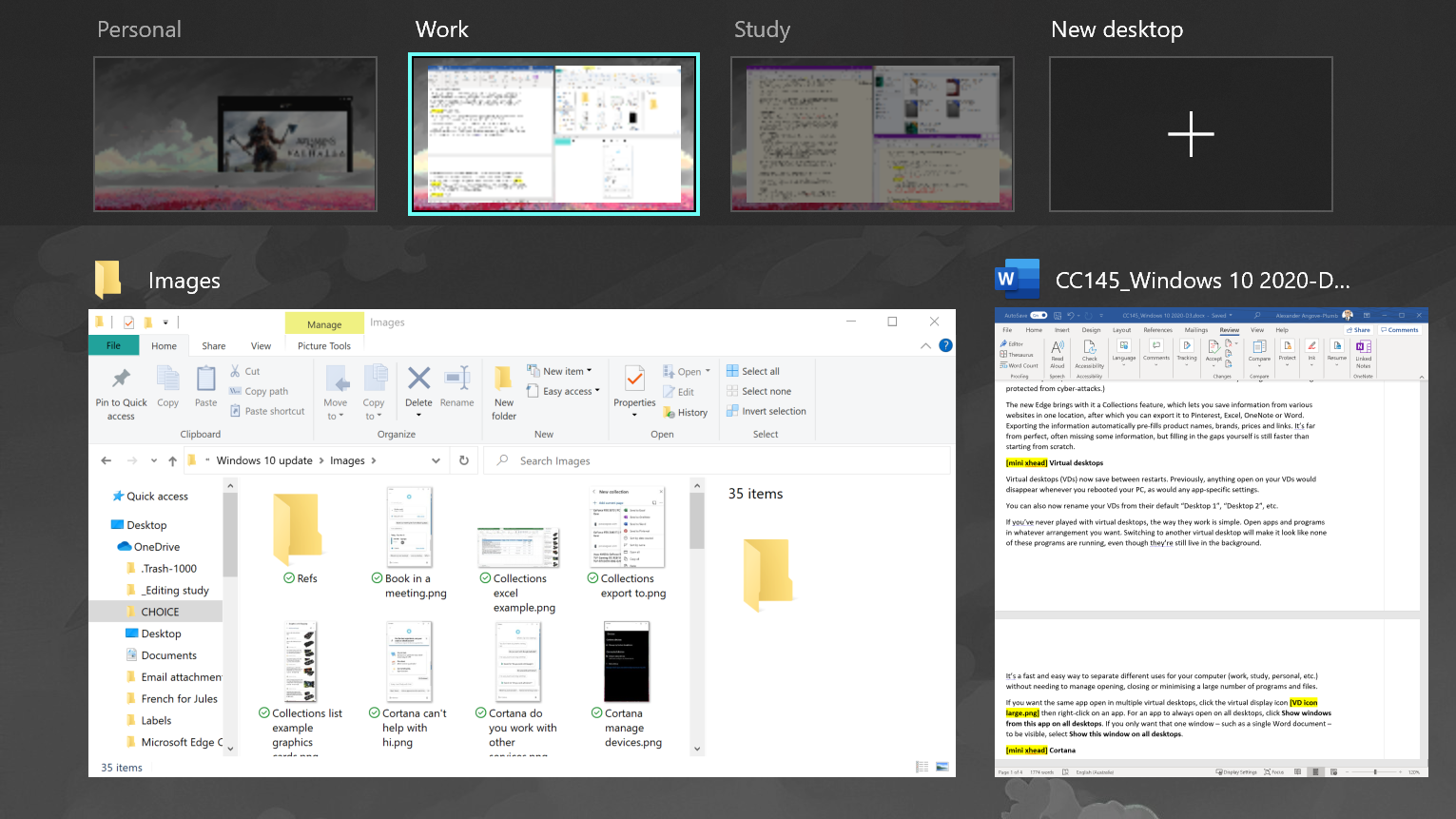
If you want the same app open in multiple virtual desktops, click the virtual display icon then right-click on an app. For an app and all its windows to open on all desktops, click “Show windows from this app on all desktops”.
If you only want that one window, such as a single Word document, select “Show this window on all desktops”.
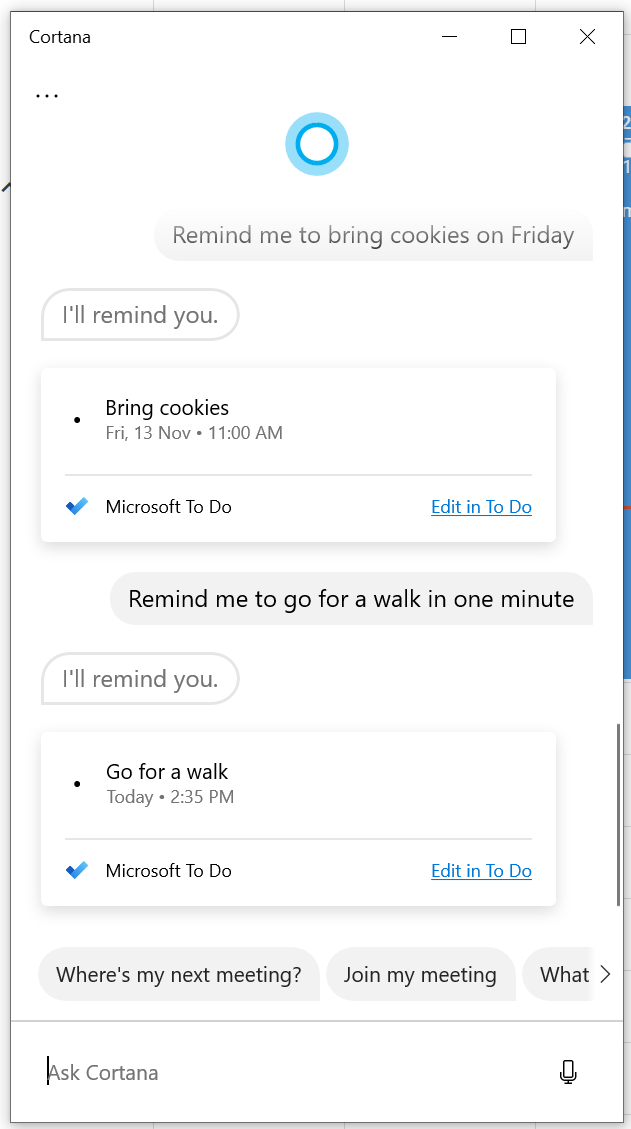
Cortana
Microsoft’s virtual assistant Cortana has had a massive overhaul. Instead of a voice-activated artificial intelligence (AI), it’s become a typing based system that looks more like a messaging app. It’s also moved away from its consumer roots and is now all about business.
The switch to typing makes sense. These days, just about every Cortana-enabled device has a keyboard and, given it’s awkward talking to your computer in a busy office, a typing focus is a good way to go. But Cortana has also lost some of its personality along the way.
For example, typing “Hi Cortana” receives a reply of “Sorry, I can’t help with that.” And when it can do what you ask, its responses lack the human touches of Amazon’s Alexa, Apple’s Siri or Google Assistant. But this more efficient style of communication works well with the new business angle.
Other features such as the Cortana Notebook and connected home control are also gone.
Some of the things you can do with Cortana are:
- set reminders in Microsoft To Do, which pop up as Windows notifications
- create and check events in your Outlook calendar
- join a current meeting booked in your Outlook calendar
- check the weather
- do basic web searches
- open some apps.
General tips and tricks
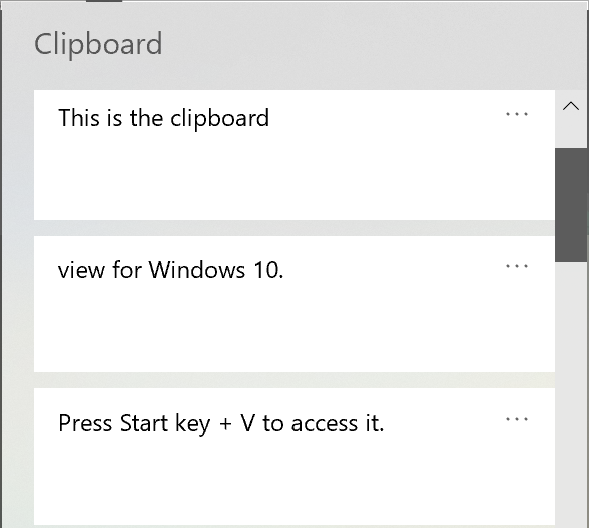
Cloud Clipboard
Windows 10 lets you copy text on one device and paste it to another, as long as both are signed into the same Microsoft account.
To set it up, go to the Start menu, then System, and select Clipboard. Turn on “Clipboard history” and enable “Sync across devices”.
To paste copied text on another device, open the clipboard view (Start/Windows key + V) and select text from there.
This only works for text – images can’t be synced this way.
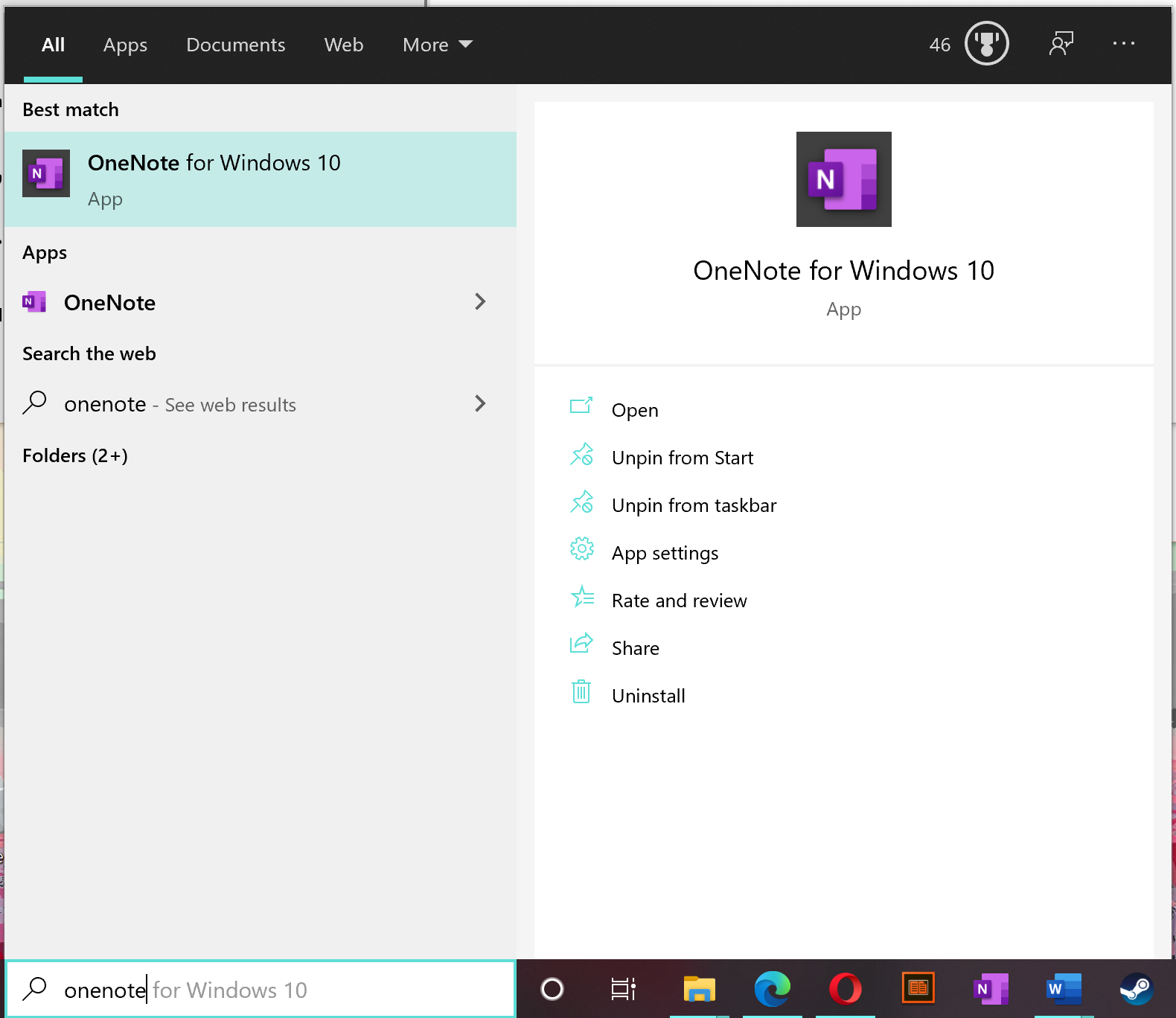
Launch apps via the Start key
Press the Start key and begin typing the name of an app or program. Results will update as you type, and as soon as your app is at the top of the list, hit Enter to launch it.
It’s so fast and easy that you might find you stop using your desktop shortcuts, taskbar and Start menu for anything other than file and folder access.
Force a second window
Most programs let you open multiple windows, but some apps refuse to double up. In a handful of these cases, such as with OneNote, you can use hotkeys to force more windows to open.
In the taskbar at the bottom of the screen, starting from the icon to the right of Virtual Desktops, count from left to right. Press the Start key + shift + 5 to open a second window of the fifth app along, Start key + shift + 7 for the seventh, up to Start key + shift + 0 for the 10th.
You can leave out the shift (e.g. Start key + 5) to open apps that aren’t already open or minimise/maximise ones that are.

Minimise it all
To minimise all open programs at once, left click and hold on the title bar of any app as if you were going to drag it, then shake the cursor. To bring everything back, shake the cursor again without letting go of the left mouse button.
You can also press Start key + D.
Easy screenshots
Press Start key + shift + S to take a screenshot. The default mode is a rectangular area select, but you can also choose freeform area select, window snip (to capture the window you hover the cursor over) or fullscreen.
Screenshots will pop up as notifications and you can access them via the action centre (bottom right icon of your main display).
Quick dictate
Press Start key + H to enter voice dictation mode. If not already set up, Windows will prompt you to do so.
Quickly access settings
Right click on the Windows icon (Start menu) in the bottom left of your desktop to jump straight to a range of settings menus such as Apps and Features, Device Manager, and Network Connections, among others.
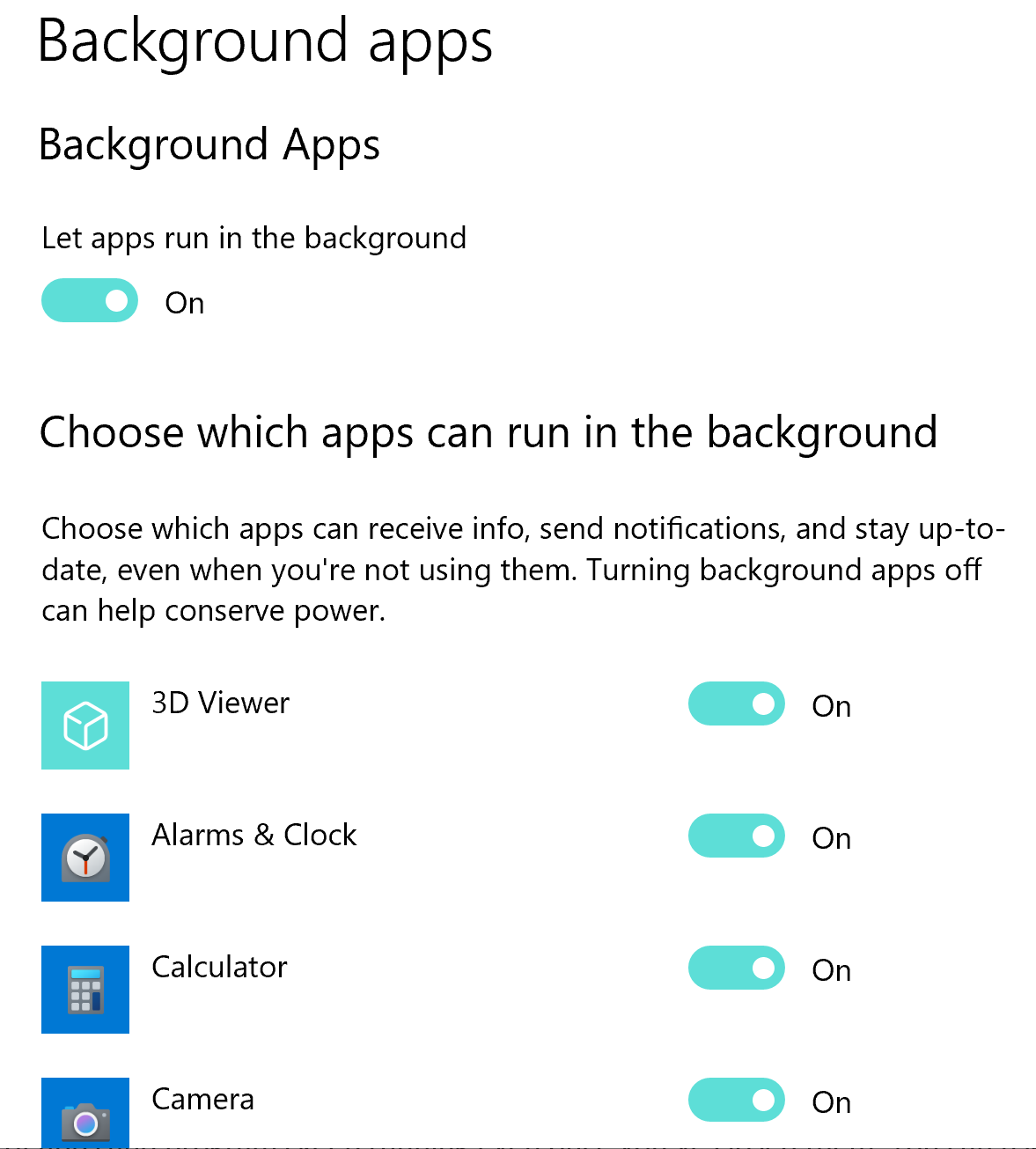
Control which apps run in the background
Plenty of apps and programs keep running even once you’ve closed them. You can usually disable this in each app’s settings menu, but there’s a faster way.
Go to Settings then Privacy and select Background apps to control the background permissions on each app. You can also disable background apps completely, but you might find this affects how your computer works.
Apps on startup
Controlling which apps start up when your PC does can make a big difference to how long it takes to boot up and how smoothly it runs.
Some apps will launch every time you boot your PC – and they’re often in the background so you might not even notice. This slows down how long it takes your computer to boot up and the added background usage can tax your hardware.
Launch the Task Manager (ctrl + shift + esc) and click the Startup tab along the top. Each app has a status column and another for its startup impact. Anything with its status set to Enabled will launch when Windows does. To disable, right click and select Disable.
To help you decide, the startup impact will give you an idea of the effect each app has. If in doubt, leave it alone so you don’t disable something important.
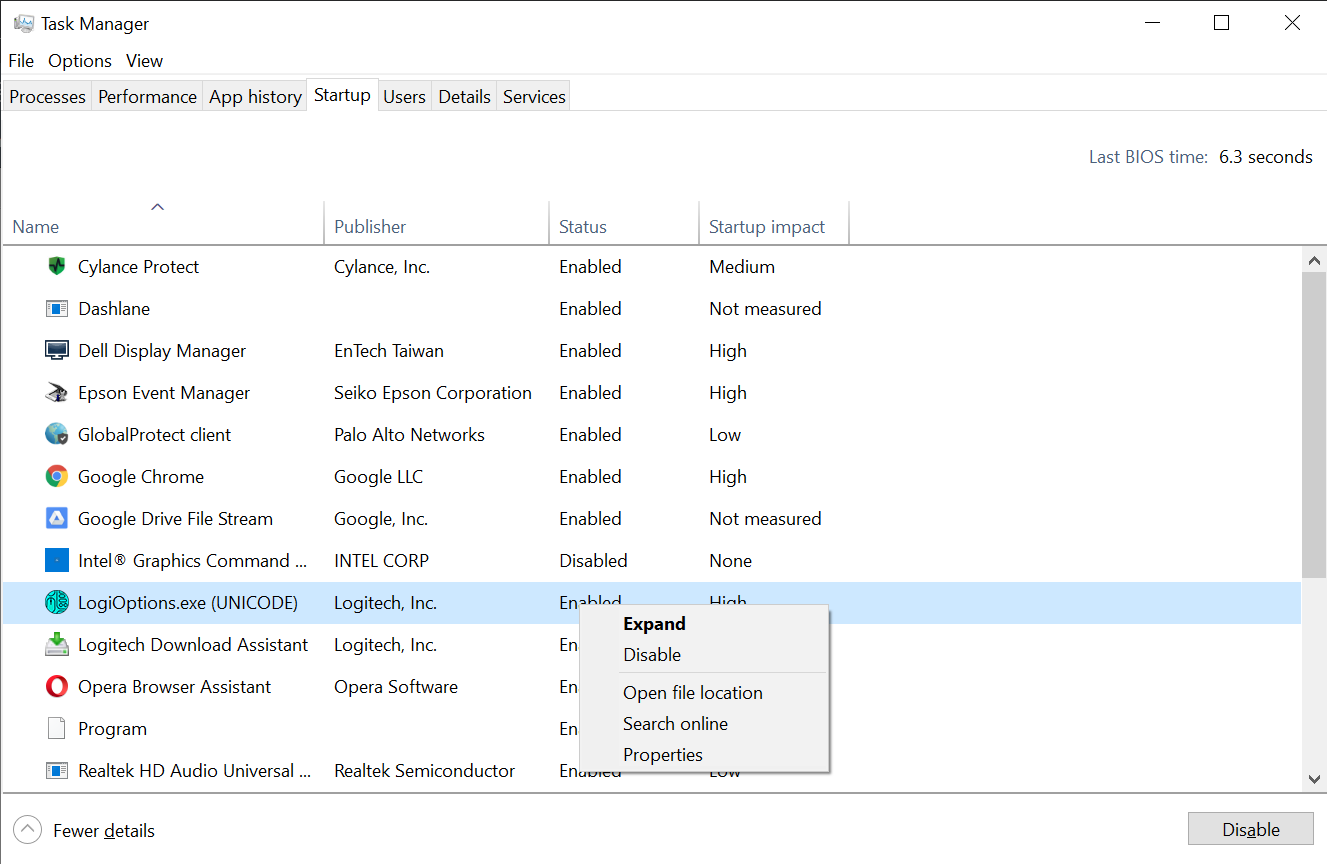
Storage Sense
Storage Sense periodically deletes temporary files, empties your recycle bin, and removes files in your downloads folder.
You can also configure it to select when it runs, and adjust the type of things it deletes (by default it doesn’t delete files from your Downloads folder).
OneDrive users can set OneDrive files to become online-only after they haven’t been used for a certain period of time.
To activate and manage Storage Sense, go to Settings then System and select Storage to toggle on Storage Sense.
Night light
Screens emit blue light that can make it hard to fall asleep. But Windows has a night light mode that reduces your screen’s blue output, casting a warm tinge over the display.
You can schedule this feature to automatically turn on between certain hours and you can set the intensity of the effect.
Press the Start key, type Night light and hit Enter to manage this setting.
Interested in blocking blue light? Find out if blue light blocking glasses actually work.

Dark mode and colour highlights
The default white background for Windows settings and file explorer can be harsh on the eyes, especially late at night. Switching to dark mode gives your eyes a rest.
From the Start menu, select Personalization and then Colors on the left-hand side. Under “Choose your default app mode”, click Dark. Alternatively, if you’d prefer things were actually a bit brighter, set “Choose your default Windows mode” to Light, which will affect your Start menu and taskbar.
On the same screen, you can edit your accent colour. This affects small highlights such as coloured boxes when you mouse over certain UI elements or the default colour for Start menu tiles. There are tick boxes below the highlight options to make this colour appear in more places.
Your Android phone on Windows
You can view notifications, respond to text messages and make or answer phone calls (if your computer has Bluetooth) by syncing your Android phone with Windows 10.
On your phone, download the “Your Phone Companion – Link to Windows” app from the Google Play store. The app name changes occasionally, so be sure yours is made by Microsoft Corporation. Open the app and follow the prompts to get started.
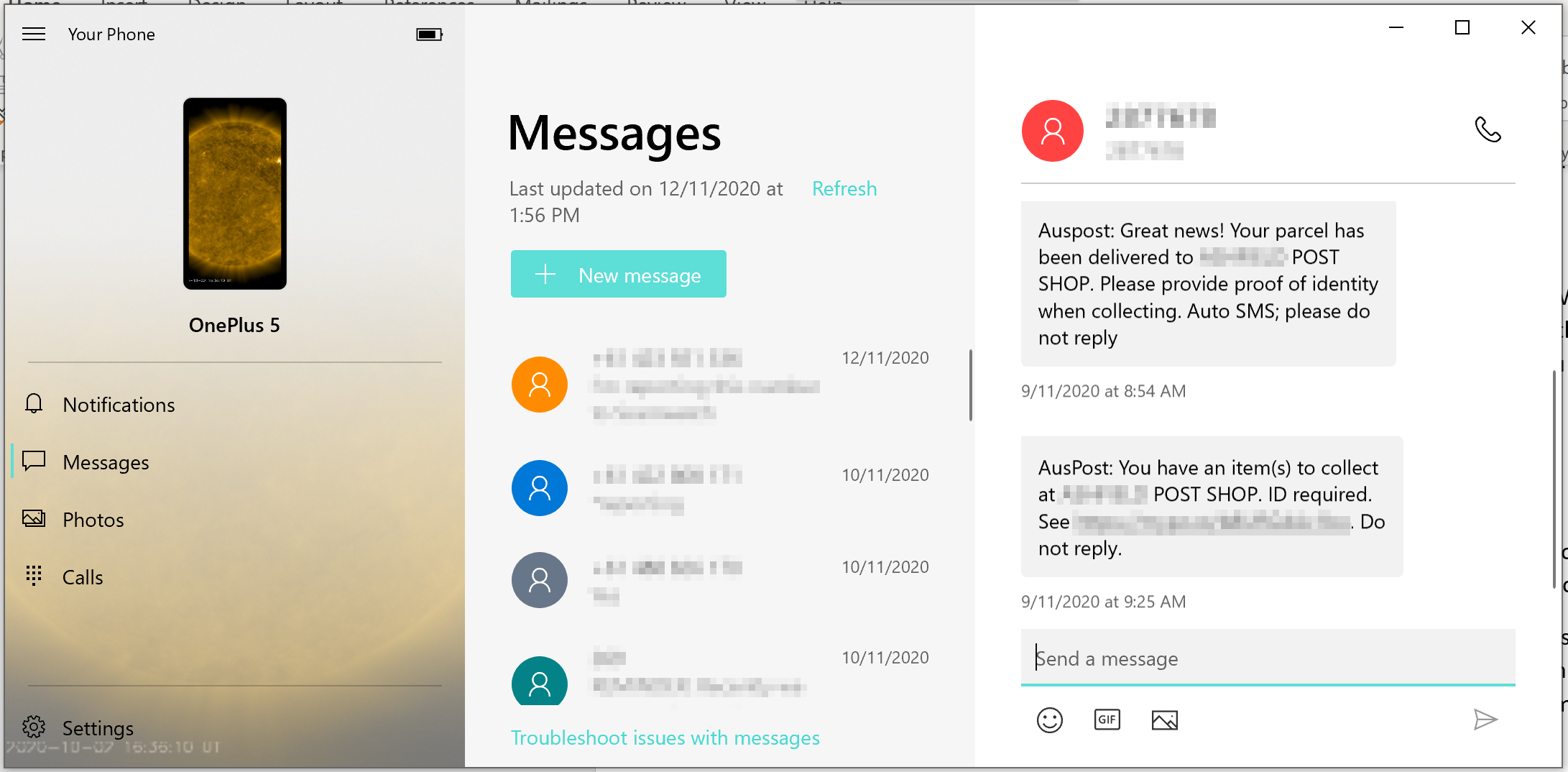
The app was recently updated to run multiple Android apps from some phones simultaneously on your Windows PC. To do this, just click on the Apps option on the left-hand side of the Windows 10 Your Phone app on your PC.
If you don’t see that option, your Android phone probably isn’t compatible.

